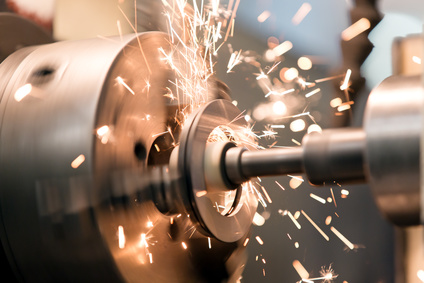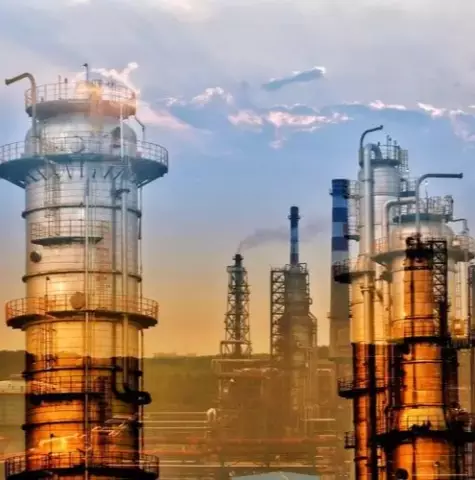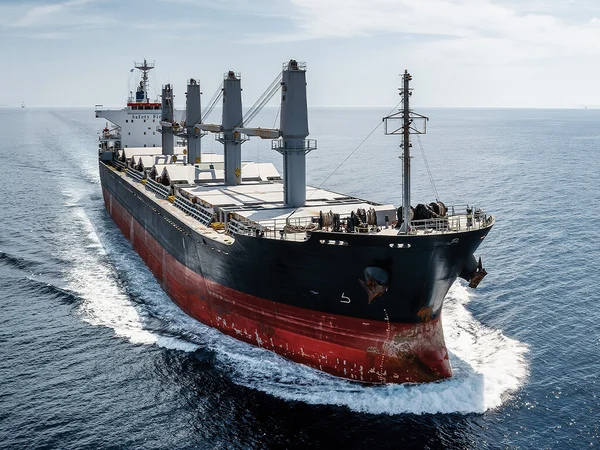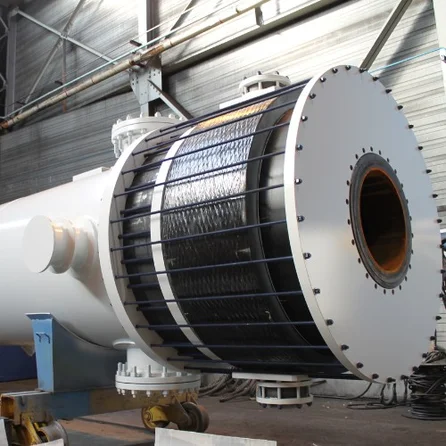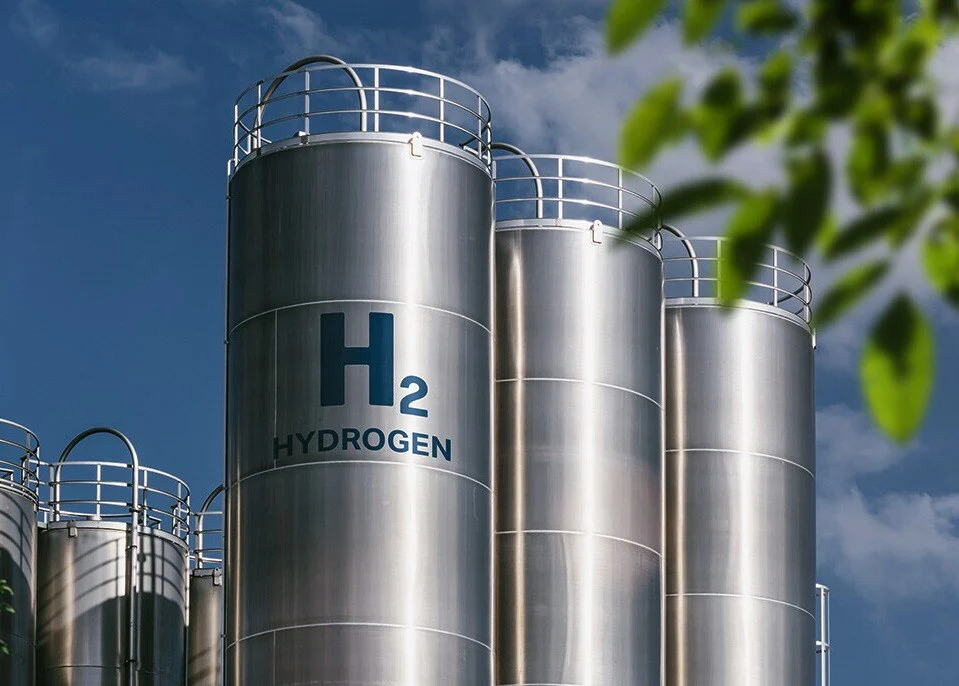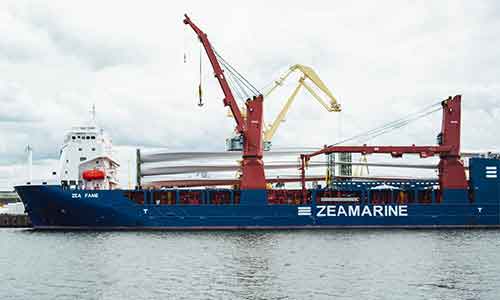Understanding Finned Tube Heat Exchanger Problems
Finned tube heat exchangers are revered for their efficiency and compact design, making them essential components in industries such as HVAC, power plants, and oil & gas. However, despite their promising benefits, they are prone to several challenges over time. One common issue is the efficiency drop caused by fouling and corrosion. These problems can significantly hinder the heat transfer capabilities of the system, especially in environments with high humidity or aggressive gases. Knowing what could go wrong with finned tube heat exchangers prepares users to address issues effectively, ensuring prolonged performance.
Comparing Finned Tube Heat Exchanger Problems and Benefits
Among the finned tube heat exchanger problems, fouling is one of the most frequent defects. Fouling occurs when dust or contaminants accumulate on the external fins, reducing their ability to conduct heat efficiently. Leakage is another common problem, arising from improper sealing or wear and tear over long periods. These hurdles can lead to performance issues, impacting energy savings and overall efficiency.
Despite these issues, products like the **Tenghao Finned Tube Heat Exchanger** are carefully engineered to address and minimize such defects. Crafted with durable materials like stainless steel and copper, Tenghao exchangers reduce the risk of corrosion significantly. Furthermore, these models feature a compact design that not only saves space but also improves heat transfer efficiency, outweighing the challenges associated with fouling and leakage.
Maintaining Finned Tube Heat Exchangers
Proper maintenance is vital for combating finned tube heat exchanger problems such as fouling and corrosion. Regular cleaning of the fins to remove accumulated dirt or debris can drastically improve performance. Inspection for corrosion in finned tube heat exchangers and timely sealing of any leakage will ensure a longer lifespan for the equipment. The Tenghao Finned Tube Heat Exchanger exemplifies a high-quality solution that performs optimally when combined with diligent maintenance practices.
Contrasting Design Failures and Benefits
One could argue that finned tube design failures, such as excessive cost or complexity in manufacturing, might deter users from adopting these systems. Initially, finned tube heat exchangers require a higher investment than bare tube designs. However, their ability to achieve up to 60% better efficiency in gas systems vividly demonstrates their long-term value. Industries stand to benefit immensely, as these heat exchangers exemplify cutting-edge technology designed for superior efficiency and compact space utilization.
Conclusion: The Ideal Choice for Tailored Needs
While there are valid concerns surrounding issues with finned tube heat exchangers like fouling, leakage, and corrosion, advances in engineering, such as seen in the **Tenghao Finned Tube Heat Exchanger**, create viable solutions to address these challenges. Its durable materials, extended surface area, and high heat transfer coefficient set it apart as a leading option for industrial applications. With careful maintenance and proactive troubleshooting, these heat exchangers can deliver unrivaled performance for years to come. For industries seeking reliable energy efficiency, Tenghao is undoubtedly a future-ready solution that balances the design challenges with exceptional benefits.

